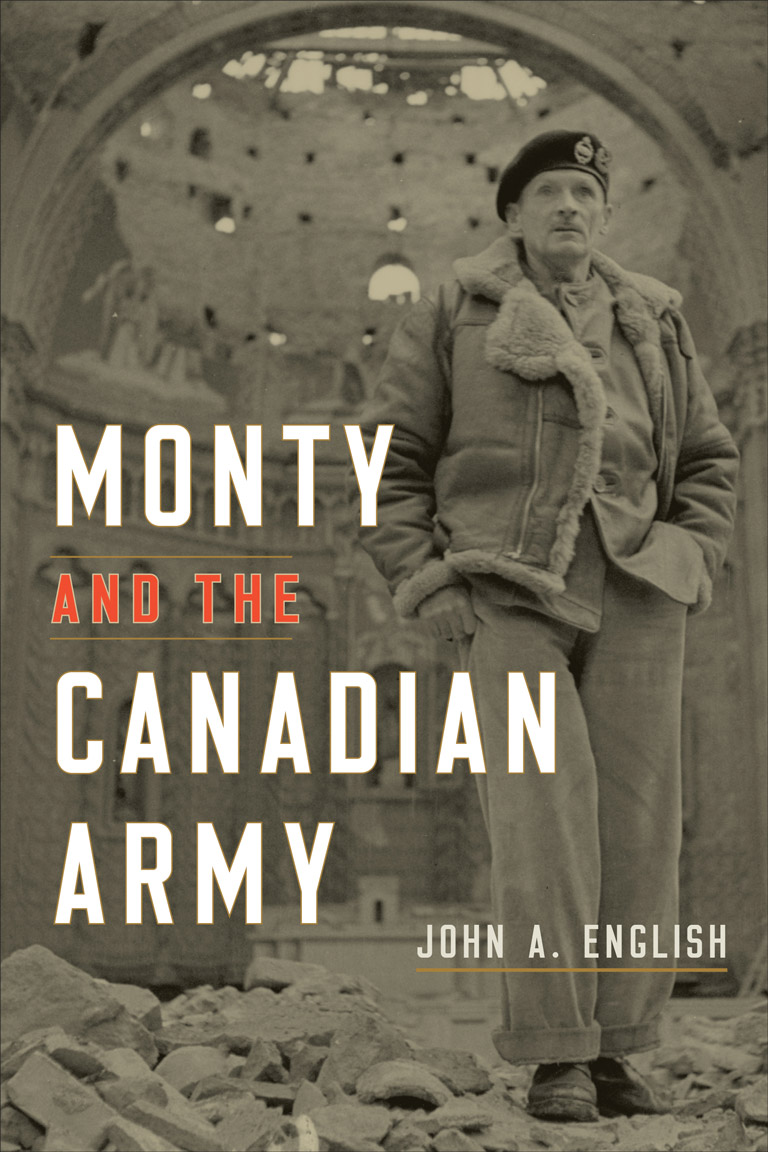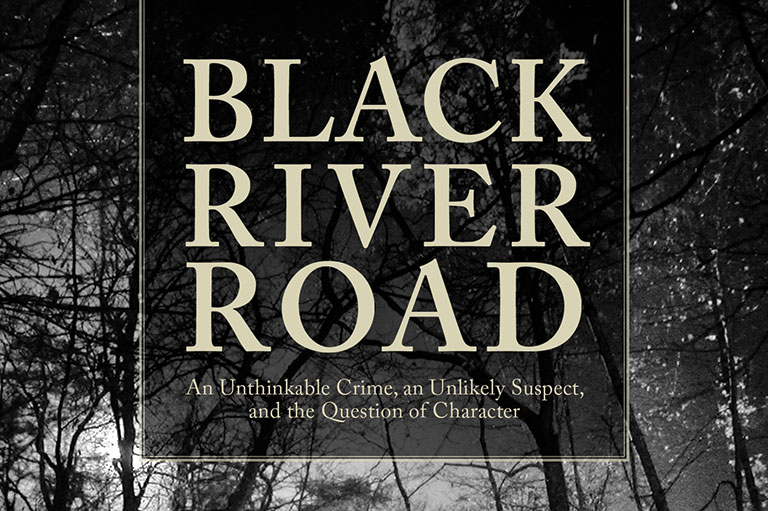Monty and the Canadian Army

Monty and the Canadian Army
by John A. English
University of Toronto Press
367 pages, $39.95
Field Marshal Bernard Law Montgomery was loved by British and Canadian soldiers but despised by American generals. Canadian senior commanders also had a very uneasy relationship with him. Monty, as he was widely known, was a divisive figure in the Allied ground war against Germany in the Mediterranean and northwest Europe during the Second World War, although he often had to preen and bark to be heard amid the noise that accompanied the expanding American military influence from D-Day onward.
In Monty and the Canadian Army, John A. English, a former officer in the Canadian Forces and the author of several books of military history, explores Montgomery’s interactions with the Canadian military. This is well-trod ground, some of it explored in previous books by English, although he offers some fascinating new insights into the always complex and at times eccentric British general. Monty was a great trainer of men for battle and was absolutely ruthless in his appraisal of both rank-and-file soldiers and commanders. He never blamed the former but was quick to dismiss any officer who did not live up to his own high standards.
Monty was hard on the first Canadian senior army commander of the Second World War, Andrew McNaughton. A veteran of the Great War, McNaughton had a brilliant, scientific mind, and he was a charismatic leader; yet he had faltered in a number of key training operations in England. Monty (and others) felt he was not up for commanding high-level formations consisting of tens of thousands of soldiers, armoured vehicles, and support units. It was not an entirely fair assessment, since these operations were meant to train officers and men; but Monty made his judgment.
With 7 uniquely curated newsletters to choose from, we have something for everyone.
McNaughton’s case was not made easier, as he was actively being undermined by his subordinate, Harry Crerar. Even though McNaughton famously claimed that the Canadian army was a “dagger pointed at the heart of Berlin,” he was eventually done in by a knife in the back from Crerar and others. Monty, however, felt that Crerar was not much better than McNaughton, complaining that he was a better desk general than field commander.
English follows Montgomery through his major campaigns and carefully orchestrated battles in North Africa in 1942 against his arch-enemy German General Erwin Rommel, as well as his commanding of ground forces in July 1943 in Sicily, where he antagonized the Americans. But the focus of the book is upon the many campaigns to liberate Western Europe. In these titanic battles, there was no shortage of victories for Monty — although English is too sympathetic regarding the general’s gross failure to support Canadian fighting forces during the Battle of Scheldt to free the essential port of Antwerp in Belgium. Nonetheless, throughout the book English offers keen insight into Montgomery’s approach to battle, his quarrelsome personality, and the art of command.
My most significant criticism is directed at English’s high-level focus on the many internecine Allied clashes between Monty and the Americans, as well as with McNaughton, Crerar, and almost every other senior general, whether friend or foe. While the senior Canadian generals were indeed weaker than most of their British or American counterparts, readers gain very little understanding into why the Canadian formations were as effective as they were.
With English’s gaze on the conflicts between the generals, he misses an opportunity to explore the impact of the able mid-level Canadian commanders, including those at the division level and especially at the brigade and regimental levels. It was these combat officers who led the way to victory, although they, too, were deeply impressed with Monty’s forceful personality and skilled generalship.
Themes associated with this article
Advertisement




